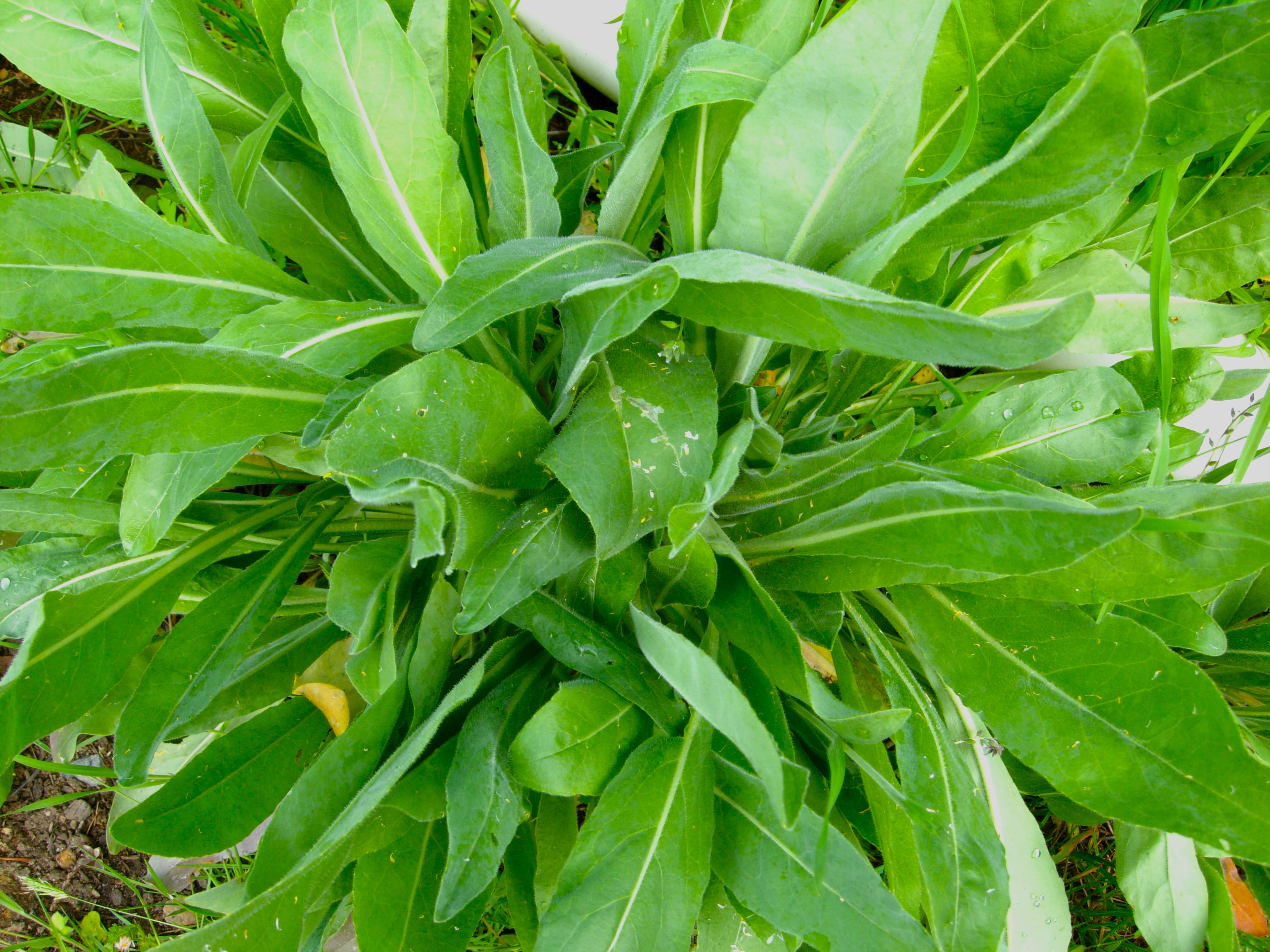Woad Dye – Isatia Tinctoria
You can make a beautiful blue woad dye from the leaves of the woad plant.
Woad belongs to the brassica family (cabbage, broccoli, cauliflower etc). It is a biennial plant, which means it grows for 2 years before dying off.
In the first year it grows as a small cluster of broad leaves and in the second year large sprays of yellow flowers form on its long woody stems. After flowering, a woad plant will produce seeds and then die back. You can harvest these seeds for sowing the next crop.

However – for our purpose – we need to harvest the woad plant in it’s first year, as it is these leaves that give us the beautiful blue dye extracted from woad.
Not sure where to get started? Check out my 30 day Natural Dyeing Boot Camp! Try It Now
Creating Woad Dye
Woad plants are ready for harvest in the summer months.
Take the leaves from the base of the plant and then cut them into small pieces. Submerge the torn or cut leaves in a stainless steel pan of water and bring up to a temperature of 175F (80C). Simmer for about 10 minutes.
Cool the woad dye down as quickly as possible, so that the leaves don’t breakdown too much. If they do, they will go through the strainer and pollute your dye bath. Partially submerging your saucepan in cold or icy water is the easiest way to do this.
Strain off the liquid and – whilst wearing gloves – gently squeeze as much liquid as possible from the leaves.
When you are sure your woad dye is below 120F (50C), add 3 teaspoons of soda ash. At this stage your lovely blue dye will be a greeny-brown color.
Aerate the liquid with an electric or hand-held beater. You will notice it foam up a fair bit. Leave the – now bluey-green – woad dye for a few hours, during which time the foam will evaporate and any pigment will settle.
Gently scoop or siphon off all the water, leaving only the pigment in the bottom of your saucepan. If you are having trouble seeing the sediment in your contained, pour the dye into a glass jar.
Fill with water again and repeat 2 or 3 times. Soon you will have clear water at the top and thick pigment in the bottom.
This is your blue woad dye!
Not sure where to get started? Check out my 30 day Natural Dyeing Boot Camp! Try It Now